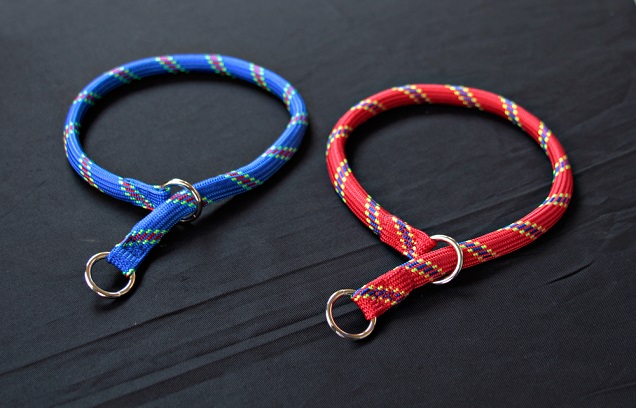Sometimes, the things you think are the best comes out the worst! The same may happen with the dog collars! According to most pet owners, collars are essential for teaching and keeping your dog safe.
Collars are also helpful for securing crucial identity information and immunization tags. However, the dog collar may become life-threatening if you’re not alert.
So, before you buy dog collars and leashes near me, go over these 4 issues that you need to consider. I’ll also add some safety guidelines you may consider.
#1. Suffocation
There is a danger of strangling when you place a collar around a dog’s neck. Your pet may climb up on the side of a tree and get the collar stuck on a jutting branch. Perhaps they’re trying to hump over a fence and catching the collar on a nail or wire. Even a dog in a crate might choke if the collar catches on the bars.
Avoid leaving your dog alone or unattended while wearing a collar to prevent it from strangling.Never let your dog wear a loose collar. Instead, make sure the collar is snug but not too tight. You should be able to fit a couple of fingers between the collar and the animal’s neck.
#2. Skin Problems
When a dog’s collar is overly tight, it may irritate the animal’s skin, resulting in hair loss, rashes, and abrasions. An excessively tight collar can sever the skin around the neck.Because puppies grow so quickly, it’s a good idea to insert your fingers between the collar and the pup’s neck at least once a day to make sure the collar doesn’t get too tight.
To prevent skin issues and keep track of the fit, I suggest switching between collar kinds.If your dog develops skin issues such as rashes or hair loss due to the collar, you may let him sleep without it at night. Sleeping without a collar allows your pet’s skin to breathe, reducing the risk of yeast or fungal skin diseases.
#3. Allergies& Irritations
Canines, like humans, are susceptible to allergies or other sensitivities induced by the material or chemical components of the dog collars.Leather dog collars may seem to be the best option for your pet. The leather is supple and long-lasting, but it is cured with many chemicals that may chafe and irritate the skin.
Not all dogs can wear a collar. Some dogs find it to be bothersome and inconvenient. They’ll claw at their collars until their skin tears or a rash appears.If your dog doesn’t like the collar, try an alternative material or style. Some dogs dislike rigid collars, so if you choose a lightweight, more flexible material, the dog may be more comfortable wearing the collar.
#4. Neck Injuries
Any form of collar can cause injury to a dog’s neck if it is misused. Pulling on the collar excessively tightly, twisting it, or yanking the dog’s neck causes injury.The neck is a delicate region, and repetitive tension may cause damage to the tissue, nerves, salivary glands, and thyroid gland.
If your dog has neck issues, you may want to consider using a harness instead of a neck collar since it puts significantly less pressure on the sensitive area. Harnesses shift your dog’s tension from his neck to his chest and shoulders. So, find out the alternatives for dog collars and leashes near me.










